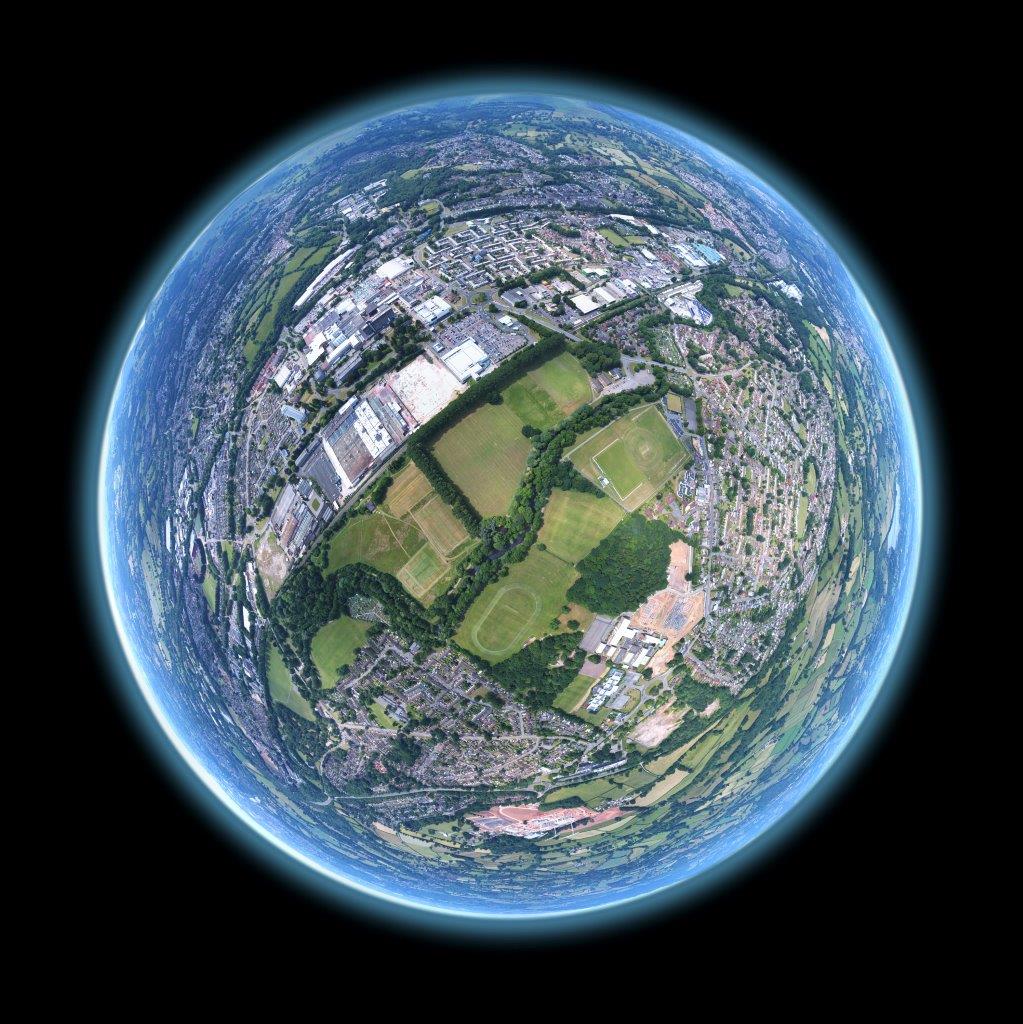2022 Strategic Foresight Report: Twinning the green and digital transitions in the new geopolitical context | 29 June 2022

date: 14/10/2022
The Report states that the interplay between green and digital transitions will have massive consequences for the future and will also be key for achieving the United Nations Sustainable Development Goals. The green transition will not happen without the targets and policies set out in the European Green Deal, a cross-cutting strategy to reach climate neutrality and reduce environmental degradation by 2050. Until recently, the digital transition progressed with only limited sustainability considerations. To diminish adverse side effects and deliver its full potential for enabling environmental, social and economic sustainability, the digital transition requires appropriate policy framing and governance.
The Report addresses the possible synergies and tensions between the green and digital transitions. Digital technologies could play a key role in achieving climate neutrality, reducing pollution, and restoring biodiversity. On the other hand, pursuing the green transition will also transform the digital sector. Renewables, renewable hydrogen, nuclear energy (including small modular reactors) and nuclear fusion technology will all be important in the context of growing energy needs in the digital sector. Unless digital technologies are made more energy-efficient, their widespread use will increase energy consumption.
Energy, transport, industry, buildings, and agriculture are the most greenhouse gas emitting sectors in the EU. Reducing their footprint, as also envisaged by the ‘Fit for 55’ package, and strengthening their resilience is thus critical for a successful twinning. However, without appropriate technologies and policies, the adverse environmental impact of these sectors might be more difficult to counter. This is especially the case at the global level, as an anticipated population of 9.7 billion by 2050 with higher average income will require more food, industrial products, energy, housing, mobility, and water.
It is recognised that on the path towards 2050, twinning the green and digital transitions will depend on the ability to deploy existing and new technologies at scale, as well as on various geopolitical, social, economic, and regulatory factors.
The Report identifies ten key areas where action will be needed. The key areas also refer to the international context: ‘The EU needs to step up efforts to galvanise the twin transitions globally. Rules-based multilateralism and values-based international cooperation should be prioritised. Global cooperation, including through a proactive research and innovation agenda with like-minded partners, will be important to accelerate the development of twinning technologies and to address concerns related to digitalisation. The costs and benefits of the twin transitions should be clearly conveyed to partner countries, especially those likely to be more negatively affected. Green and digital diplomacy and outreach, leveraging the power of regulation and standardisation and promoting EU values, should be stepped up. The EU’s experience in emissions trading through capping, pricing pollution, and generating revenues to speed up decarbonisation and support the most vulnerable, could inspire other countries to use similar schemes. Mutually beneficial strategic partnerships, notably with neighbouring and African countries, should be pursued. That includes financial support for projects related to the twin transitions, based on undistorted trade and investment, also in line with the EU’s Global Gateway. This will require developing physical green and digital infrastructure (secure 5G and 6G, clean transport corridors, alternative energy sources, clean power transmission lines) and providing an enabling environment for projects. Green bonds could be an effective tool to finance twin infrastructure projects to ensure benefits for all.
More information
